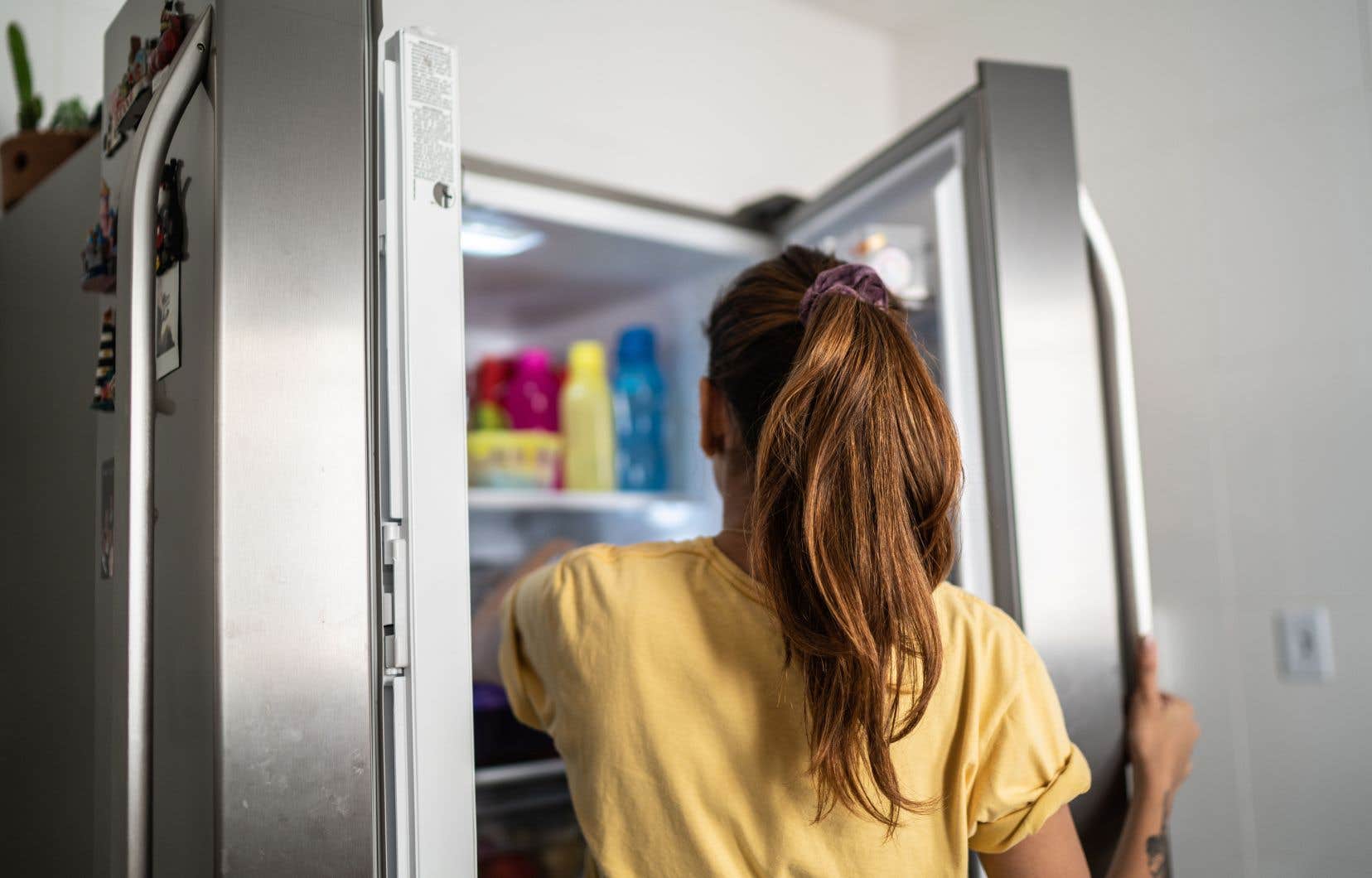Hundreds of thousands of people have been without power since Wednesday evening. Many wonder what to do with the contents of their refrigerator and freezer when these outages stretch over several hours or even days.
The first advice is to avoid opening the door of these household appliances as much as possible. The less air there is, the longer the food will keep.
Then, if you have a thermometer, it is “the ideal and essential tool” to check if the temperature of the refrigerator is still between 0° and 4° C, recommends the Quebec government. Food already stored at this temperature should stay cold for about 4 to 6 hours.
The volume occupied also changes the internal temperature: food stays colder longer in a full refrigerator.
The number to remember: beyond a 6-hour outage, you have to think about doing a serious cleaning, also indicates the Ministry of Agriculture, Fisheries and Food (MAPAQ). The majority of Hydro-Quebec customers deprived of electricity find themselves in this scenario on Thursday and will therefore have to sort it out.
Food safety remains important to get through these complicated days. This advice is generally given by our public institutions, but the test always remains to look at the “signs of deterioration”, the “suspicious” appearance or even the smell, writes the MAPAQ.
The government has built a useful table to consult to find out which foods can be saved beyond these 6 hours of breakdown.
Condiments like homemade mayonnaise, tartar sauce should also be discarded. Fresh dairy products are generally to be put in the trash, such as cream, soft cheese or open containers of yogurt. Firm cheeses keep longer. Prepared meals, whether cooked or raw, should also be eaten within the first hours of the outage, otherwise they will unfortunately be wasted.
For the freezer
The time to remember for frozen foods is more variable: the MAPAQ speaks of conservation up to 48 hours in a freezer filled to capacity.
If your freezer is half full, the shelf life is more like 24 hours.
Avoid opening the freezer door as much as possible. It is after the electricity has been restored that you can check the defrosting status of the food.
- Foods that have only been partially defrosted can be refrozen, provided the center is still hard.
- Food that has thawed, but remained at a temperature below 4°C (like in a refrigerator for example), can be cooked immediately or refrozen once cooked.
It is then necessary to decide between the completely thawed foods.
- Anything that is hard cheese, baked goods (breads, cakes, cookies) or pasteurized fruit juices can go back into the freezer.
- Perishable foods such as meat, poultry, fish or seafood, eggs, prepared meals must be thrown away if they are exposed to a temperature of less than 4°C.
Alternatives
Several supermarkets and pharmacies remain open despite outages for immediate needs. Other public health authorities, notably Canadian and American, suggest using a cooler filled with ice to place more fragile foods. Temperatures will be mild on Friday, which rules out outdoor storage, as the temperature must be below 4°C.
In online communities and neighborhood groups, many people also offer troubleshooting by freeing up space in their own refrigerators.
